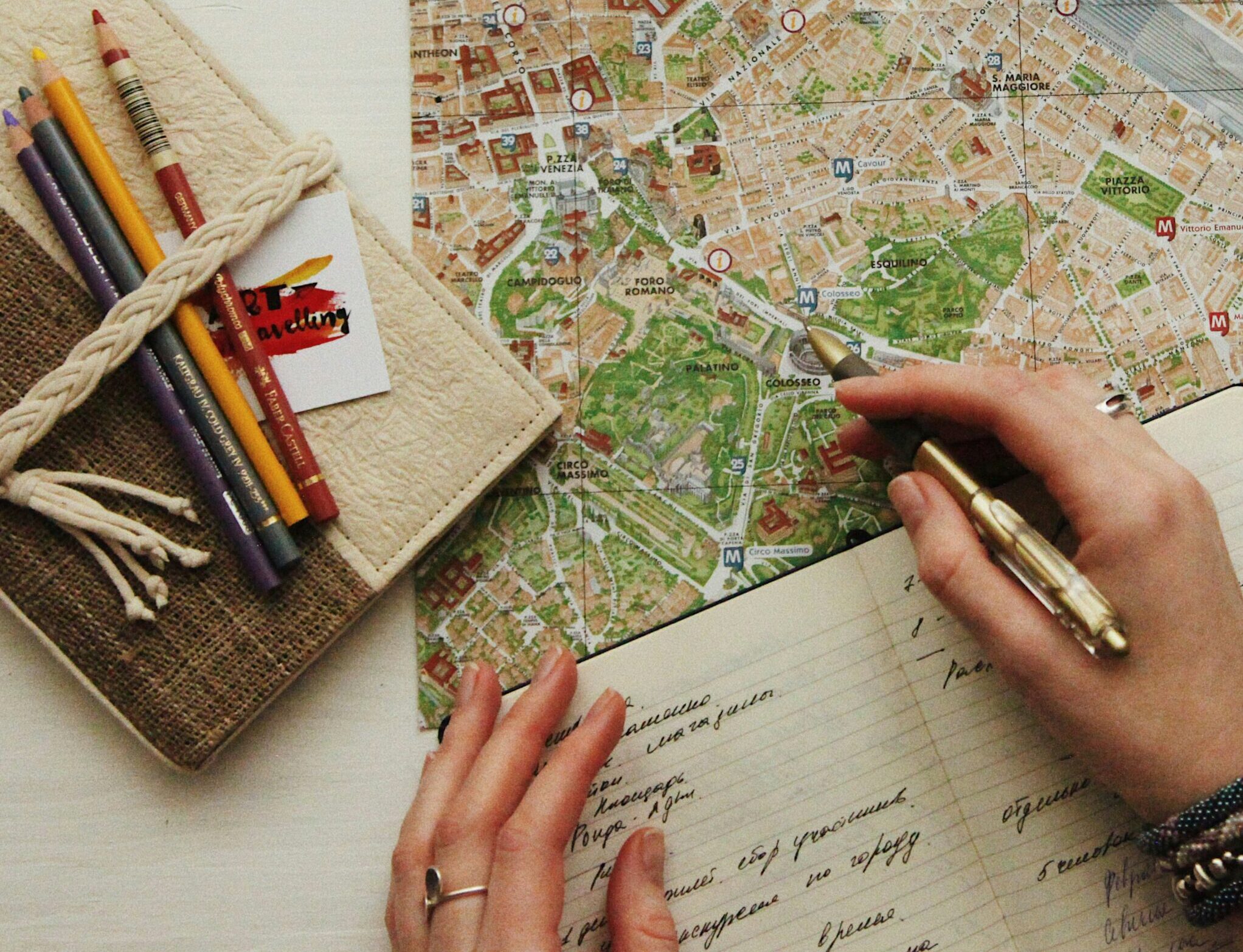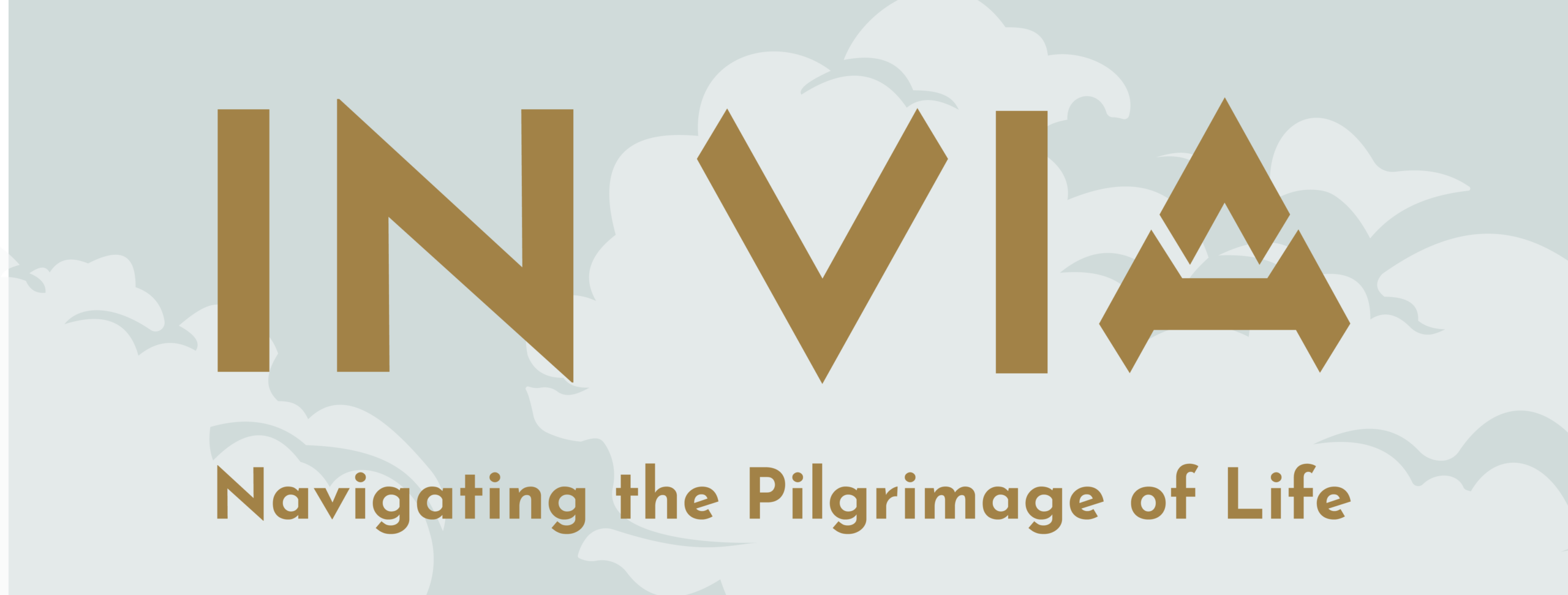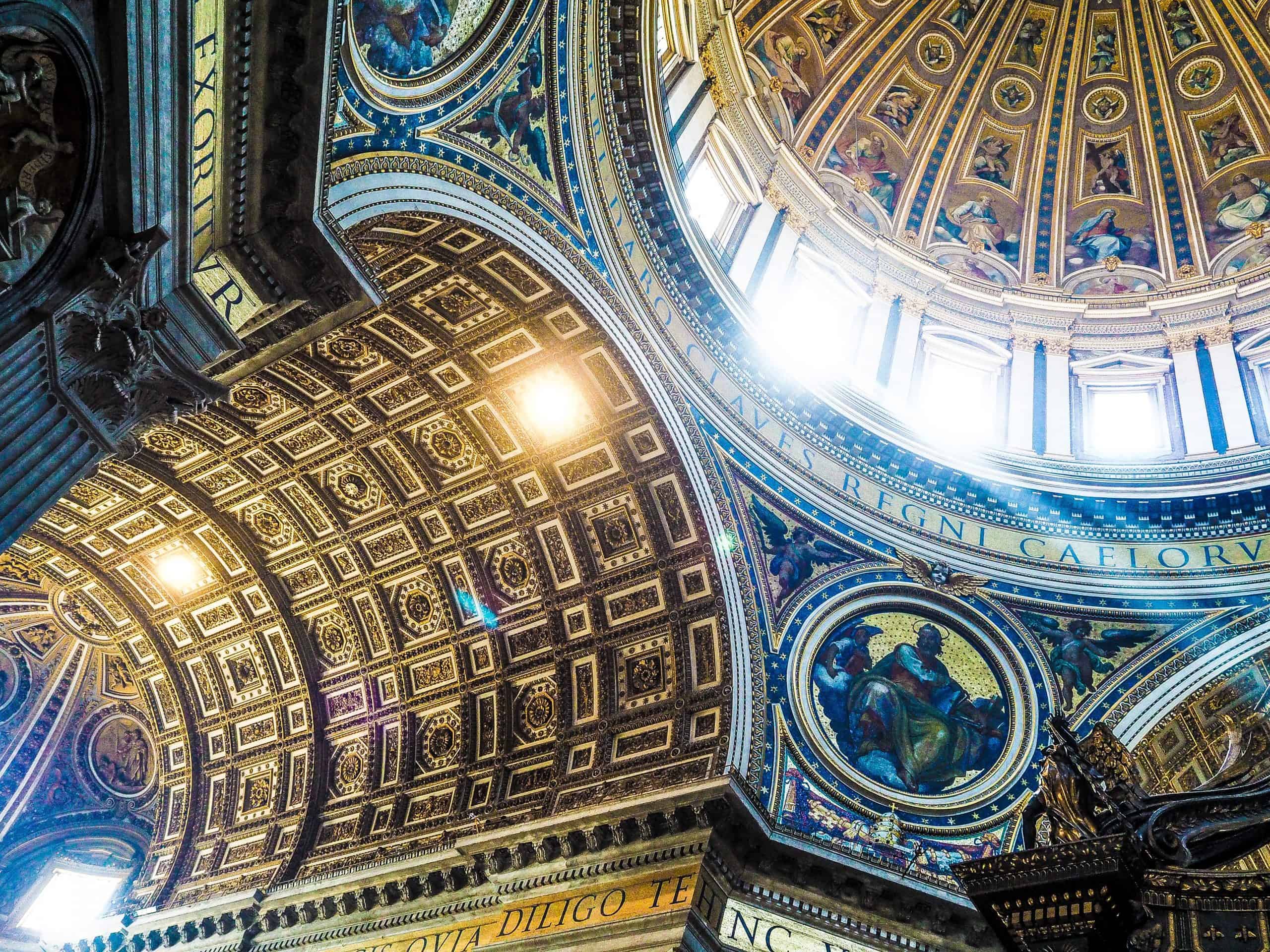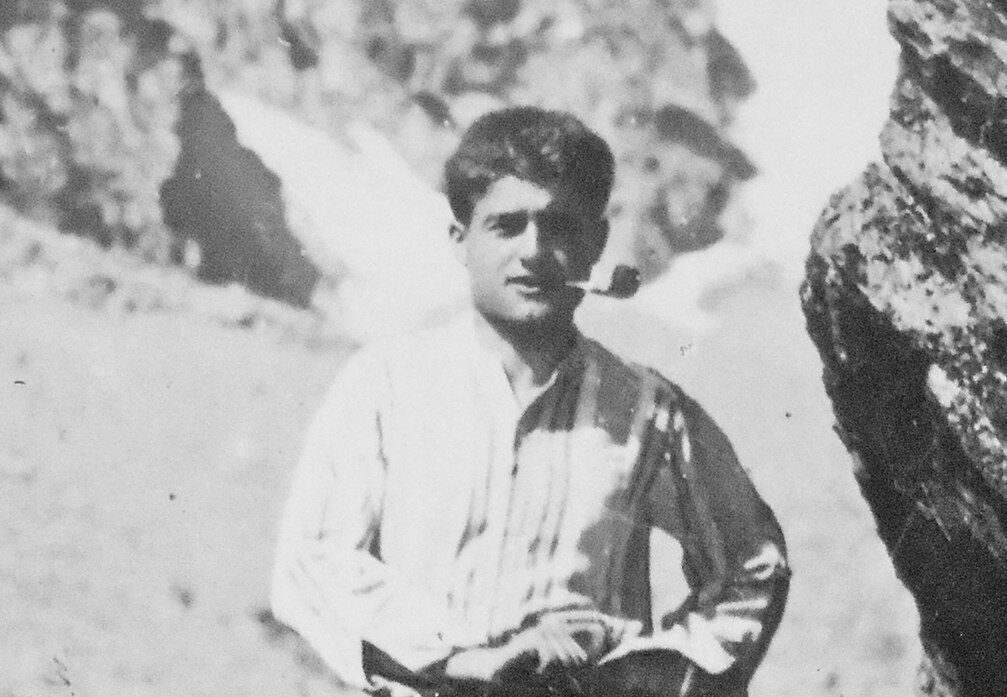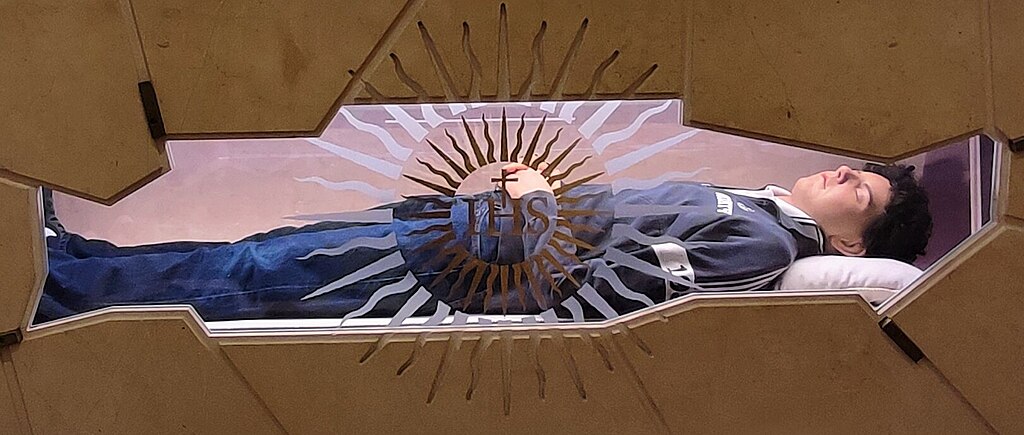The Camino de Santiago, translated “The Way of Saint James,” is a 500-mile hiking route in Northern Spain that pilgrims have been walking for over 1,000 years. Every year, thousands of pilgrims decide to walk one of the Camino’s many routes, all ending in Compostela to see the tomb of saint James. The pilgrimage isn’t the easiest, and takes a great deal of planning and preparation before you start to walk.
Here are what we believe to be the top 5 things you should know before walking the Camino de Santiago:
1. Which route to take.
One of the most important things about your trip is figuring out which way you want to travel and how far you want to walk.
There are 7 different routes: Camino Frances (the French Way), Camino Portugues (the Portuguese Way), Camino del Norte (The Northern Way), Camino Primitivo (the Original Way), Via de la Plata (the Silver Way), Camino Ingles (the English Way), and Camino Finisterre-Muxia. All of these routes vary in length and difficulty, so depending on what you are hoping to get from this pilgrimage will depend on what route you take.
You also don’t have to walk the entire trail; many people decide to only do the last 100 km of the Camino de Santiago because of time constraints. With Verso, we take the Camino Frances (the French Way) and travel the last 100 kilometers to Santiago.
2. Where to stay
The Camino isn’t like other backpacking trips where you carry a tent and camping supplies. Traditionally, pilgrims will stay at hostels called albergues. There are municipal albergues that are specifically for pilgrims and cost around 5-6 Euros per night, as well as private albergues that cost around 10-15 Euros per night. The private ones usually have better amenities, such as lockers, blankets, towels, shampoo, etc, but both types of albergues offer laundry services for pilgrims.
Another option is to stay in hotels in cities along the route. These cost much more than the traditional albergues, but if you want to elevate your journey, are sick or having medical issues they can be a great option.
3. Pilgrim Passport
Once you complete the camino and arrive in Compostela, you can receive a certificate for walking, as long as you walked the 100km necessary to receive it. To track if you actually completed it, you will need to have a pilgrim passport (Credencial del Peregrino) and collect stamps along the way. These stamps can be collected at the albergues, coffee shops, restaurants, churches, town halls, and various other places along the route. These passports can be purchased online before you go or at shops, churches, and other establishments on the camino itself. To fully qualify you will need to get your passport stamped twice per day.
4. The Scallop Shell
Many pilgrims will attach a scallop shell to the outside of their backpacks to identify themselves as a pilgrim. The clergy used to give it to pilgrims who completed their pilgrimage; now the scallop shell accompanies pilgrims on their way. There are many stories of the origin of how the scallop shell became a symbol of the Camino de Santiago, ranging from the shell being a vessel for drinking water to the miracles performed by St. James. Now, the shell is printed on hundreds of milestones to help guide pilgrims on the way.
5. No one’s Camino is the same
You can read stories from the thousands of pilgrims who have travelled the Camino, but no one’s will ever be the same. There is no “perfect pilgrim” — we’re all on our own journey. Be open minded and take everything as it comes. Make the camino yours!
Curious about walking the Camino de Santiago? Discover more here.
